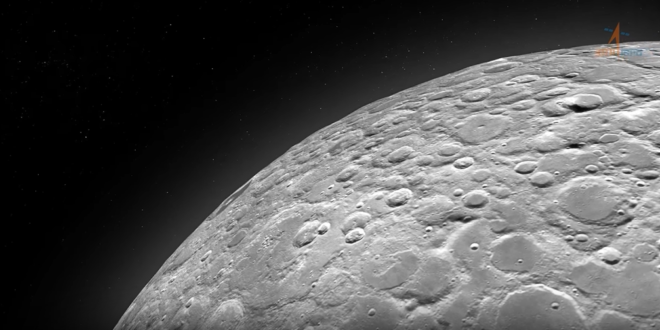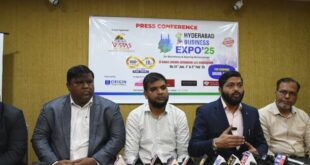Embarking on an ambitious journey to achieve a historic feat, India’s Chandrayaan-3 mission is poised to make waves with its soft landing on the Moon’s surface. As the nation’s space agency, ISRO, orchestrates this monumental event, the world watches with bated breath. Chandrayaan-3’s mission holds the promise of joining the elite ranks of lunar explorers, and with its focus on the lunar south pole, it seeks to uncover crucial insights about the Moon’s composition and potential resources.
Let’s delve into the captivating details of this remarkable venture that aims to revolutionize space exploration.
- Historic Soft Landing: Chandrayaan-3 is set to make history with a soft landing on the Moon’s surface at 6:04 pm today, marking India’s entry as the fourth nation to achieve this feat after the US, China, and the former Soviet Union.
- South Pole Focus: India’s soft landing on the Moon’s south pole will be a groundbreaking achievement, as it’s the first attempt of its kind. This region holds special interest due to the potential presence of water, making it crucial for future space exploration.
- Chandrayaan-3 Mission Timeline: Launched on July 14, Chandrayaan-3 is a follow-up to the Chandrayaan-2 mission that encountered challenges during its soft landing attempt. Chandrayaan-3 successfully entered lunar orbit on August 5.
- Orbit Reduction Maneuvers: Before the separation of the rover and lander modules on August 17, the mission conducted several orbit reduction maneuvers on August 6, 9, 14, and 16 to ensure a precise trajectory.
- Soft vs. Hard Landing: Unlike a hard landing that results in destruction, a soft landing is a controlled descent where the spacecraft gently touches down on the lunar surface at a very low speed, increasing the chances of survival.
- Descent Details: The descent process will commence from a height of 30 km at a speed of 1.68 km/h. By the time Chandrayaan-3 lands on the Moon, its speed will nearly reach zero, ensuring a smooth touchdown.
- Vertical Turn Maneuver: A pivotal moment during the landing involves Chandrayaan-3 transitioning from a horizontal to a vertical orientation. This maneuver was a challenge faced by Chandrayaan-2 during its mission.
- Rover’s Exploration: Upon a successful landing, the rover will be deployed from the lander’s belly to analyze the Moon’s surface and gather valuable data about its composition.
- Lunar Day Survival: The lander and rover are designed to function for one lunar day, which equals about 14 Earth days. They will conduct studies during this period, while survival becomes challenging once the lunar night falls.
- Second Chance: If the initial landing attempt fails, ISRO has a backup plan. In case of failure, there will be a second landing attempt on August 24, followed by another attempt after 14 days, corresponding to the start of a new lunar day.
- Chandrayaan-3’s Physical Attributes: The Chandrayaan-3 lander stands at a height of 2 meters and weighs slightly over 1,700 kg, similar to the mass of an SUV. It’s designed to release a smaller 26-kg lunar rover.
- International Interest: The Chandrayaan-3 mission has garnered global interest, especially after Russia’s failed attempt to land on the Moon’s south pole. NASA has expressed curiosity about the insights gained from this mission.
- Challenges and Adjustments: Soft landing attempts in the lunar south pole region are complex due to rough terrain. ISRO scientists have adapted by widening potential landing zones and enhancing the lander’s stability through sturdier legs and additional fuel.
- India’s Ascent in Space: A successful Chandrayaan-3 mission would make India the fourth country to achieve a lunar landing, strengthening its status as a space power. This achievement aligns with India’s aspirations for growth in private space endeavors and satellite-based industries.
 Gawah (The Witness) – Hyderabad India Fearless By Birth, Pristine by Choice – First National Urdu Weekly From South India – Latest News, Breaking News, Special Stories, Interviews, Islamic, World, India, National News
Gawah (The Witness) – Hyderabad India Fearless By Birth, Pristine by Choice – First National Urdu Weekly From South India – Latest News, Breaking News, Special Stories, Interviews, Islamic, World, India, National News




